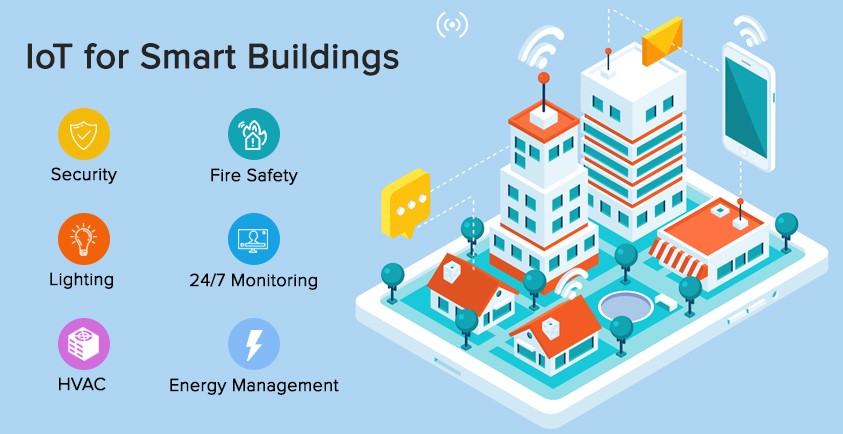
 What Is A Smart Building?The notion of buildings or homes having a “brain” where it actually adjusts and responds to the people living in them was actually proposed in the 1920s by pioneering modernist architect Le Corbusier. The definition of a smart building or an intelligent home has always been changing depending on the available technology of that time and the environment where it is to be implemented so, every time new technology is introduced, you can count on the fact that the definition of a smart building or intelligent building will change.
What Is A Smart Building?The notion of buildings or homes having a “brain” where it actually adjusts and responds to the people living in them was actually proposed in the 1920s by pioneering modernist architect Le Corbusier. The definition of a smart building or an intelligent home has always been changing depending on the available technology of that time and the environment where it is to be implemented so, every time new technology is introduced, you can count on the fact that the definition of a smart building or intelligent building will change.In the 70s, a smart building was one that incorporated energy efficiency in its design. The 80s saw the rapid growth of personal computers and this greatly influenced the definition of a smart building, where everything and anything can be controlled by the home computer, even from a remote location. From the 90s to the present, a smart building incorporates the 80s and 70s definition of energy efficiency and total management of a building plus incorporating technology that also maximizes the efficiency of its occupants.
Current works defining a smart building concentrates on multiple subsystems – environment control, telecommunications, power and new materials from manufacturers described as “intelligent. All of these subsystems converge to attain the common goal of reducing the operating cost of a building but still maintaining maximum efficiency for the occupants, which includes the desired internal environment.
Since all of these subsystems contribute to the cost of operation of a building, integration of these diverse technology to create a customized building automation is very complex. Several of these smart buildings or intelligent homes control the following factors: . Manage indoor environment This can mean controlling thermal transmissions through windows and walls and better indoor air quality.
https://www.civilengineering.ai/what-is-a-smart-building/

Post a Comment